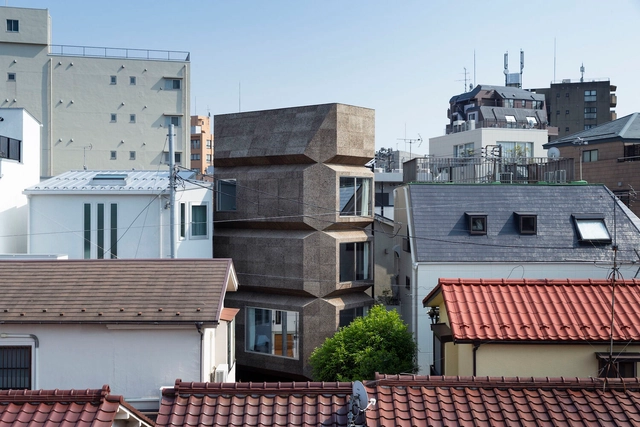
How can we transport ourselves to natural environments when we are in completely urban situations? The materiality of our surroundings is an important factor that determines the atmosphere we inhabit. In many cases, the use of natural materials in interior architecture can help evoke nature in our daily spaces. In this article, we will specifically analyze the effect that cork has as a special resource in the design of interior spaces. Cork is the bark of a tree species called cork oak. When extracted from the tree, it is transformed into a useful raw product and can be applied to a variety of different uses.












































